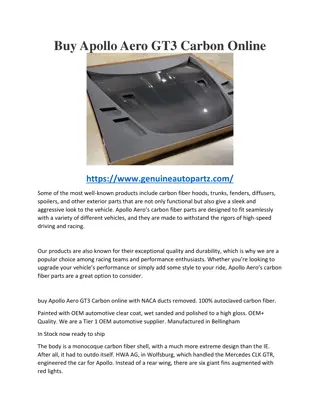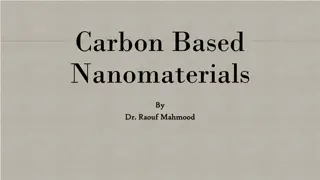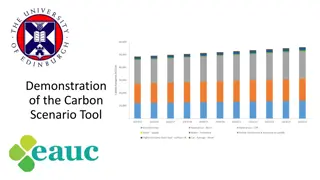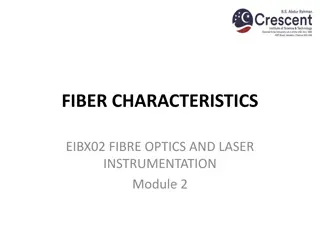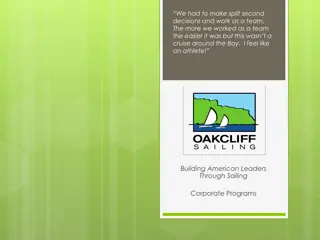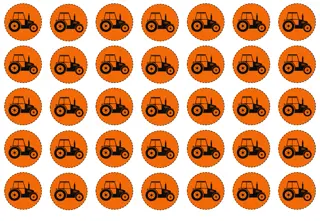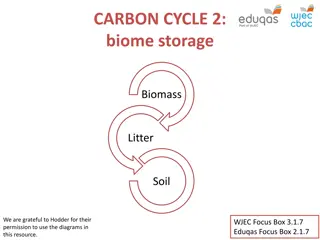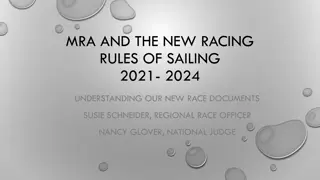Introduction to Carbon Fiber Masts in Sailing: A Game-Changer for the International Soling Class
In response to the limited availability and high costs of aluminum masts, the International Soling Class is embarking on a trial with carbon fiber masts. Carbon masts, proven durable in Olympic class yachts, offer longevity and resilience. Detailed measurements and rules regarding mast certification and materials are outlined to ensure compliance with class standards. The usage of corrector weights to meet specific mast weight requirements is also addressed.
Download Presentation

Please find below an Image/Link to download the presentation.
The content on the website is provided AS IS for your information and personal use only. It may not be sold, licensed, or shared on other websites without obtaining consent from the author.If you encounter any issues during the download, it is possible that the publisher has removed the file from their server.
You are allowed to download the files provided on this website for personal or commercial use, subject to the condition that they are used lawfully. All files are the property of their respective owners.
The content on the website is provided AS IS for your information and personal use only. It may not be sold, licensed, or shared on other websites without obtaining consent from the author.
E N D
Presentation Transcript
Orion Project Carbon mast
Introduction In view of the lack of available masts as well as the costs of producing a relatively small amount of Aluminum masts ISA executive has decided to support a trial / pilot with carbon fiber masts under strict rules and regulations from the International Soling Class. Carbon masts have been used for Olympic class yachts and beyond for over 20 years now. All classes using carbon masts have proven that they can last longer and are a lot harder to break. ISA Letter ISA Letter
Measurements Measurements in Alsoors ISA measurers JP Marmier Laszlo Outsite dimensions longitidunal Outsite dimensions transverse Positions fittings Total weight Center of grafity Mast tip weight bare mast Mast tip weight including rigging 11 kg Corrector weight Aluminium Abbott 117 73 20,4 kg 8,9 kg Same as Abbott 300 mm higher 117 73 Carbon Ceilidh Composite Technologies B.V 22,8 kg 6,35 kg 11 kg 2,7 kg Measurements Hellevoetsluis 9 jul 2018 Outsite dimensions longitidunal Outsite dimensions transverse Positions fittings Total weight Center of grafity Mast tip weight bare mast Mast tip weight including rigging Corrector weight 175 mm higher Carbon Mast 1 including rigging 117 73 25,8 kg 11 kg Same as Abbott 117 73 Alum Abbot NED 38 28,2 kg 11 kg 2,7 kg
INTERNATIONAL SOLING CLASS RULES Section F Rig F.1 Certification F.1.1 The rig shall comply with the class rules in force at the time of initial fundamental measurement. F.1.2 Measurement shall carried out in accordance with the ERS. F.1.3 Routine maintenance is permitted, but altered or repaired spars shall be remeasured. F.2 Mast F.2.1 MANUFACTURER Manufacturer is optional. F.2.2 MATERIALS F.2.2.1 The mast spar shall be one continuous drawn aluminium alloy extrusion with an integrated groove. The aluminium content shall be minimum 90%. F.2.2.2 Holes may be made in the mast only for fittings and rigging Carbon see data sheet New rule The centre of gravity must be above the spreaders F.2.4.10 Mast weight The sectional weight including the luff groove shall be not less than 2.20kg/m. Checken
INTERNATIONAL SOLING CLASS RULES F.2.4.11 Tip weight ................................................................ 11 kg (a) The mast complete with all standing and running rigging and supported at the band defined in Rule F.2.4.5 (a) shall weigh not less than 11kg when it is weighed at the band defined in Rule F.2.4.5 (c). (b) For the purpose of this measurement the halyards shall be fully hoisted and the standing rigging secured along the mast. The ends of the rigging below the band defined in rule F.2.4.5 (a) may rest on the ground or be removed so as not to affect the tip weight. The weight of the spinnaker shackle, for the purpose of tip weight, shall not be more than 70gr. (c) The mast shall not be disqualified if a shortfall in the weight measured in accordance with Rule F.2.4.10 can be corrected by the fixing of a corrector weight of not more than 300gr at a point above the top band. The corrector weight shall be fixed by a screw fitting (bolt and nut) attached through holes drilled in the mast or crane. (d) For the purposes of Rule F.2.4.10 any readily removable fittings such as a wind indicator shall be removed. 2,7 kg 500 mm at the top
Design Questions and answers Why didn t we add extra material to balance the top weight? If we add material the charactiristics would be very different. This mast has the same bending performance as the aluminium mast. Main(only) reason to develop the carbon mast. No good aluminium masts available on the market. Low cost for small quantities Durability. Carbon will last longer.
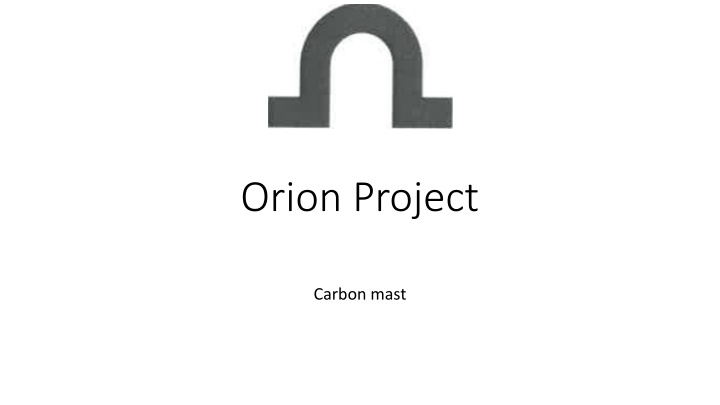

![READ⚡[PDF]✔ Solar Sailing: Technology, Dynamics and Mission Applications (Spring](/thumb/21622/read-pdf-solar-sailing-technology-dynamics-and-mission-applications-spring.jpg)



